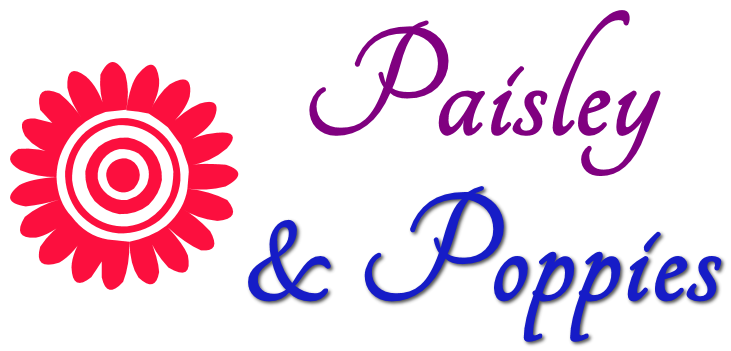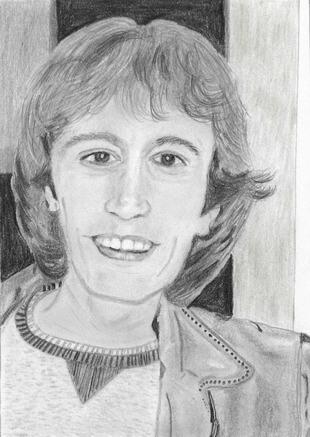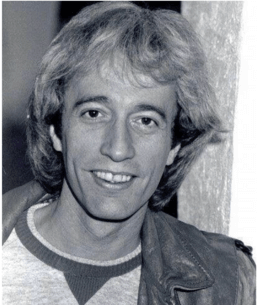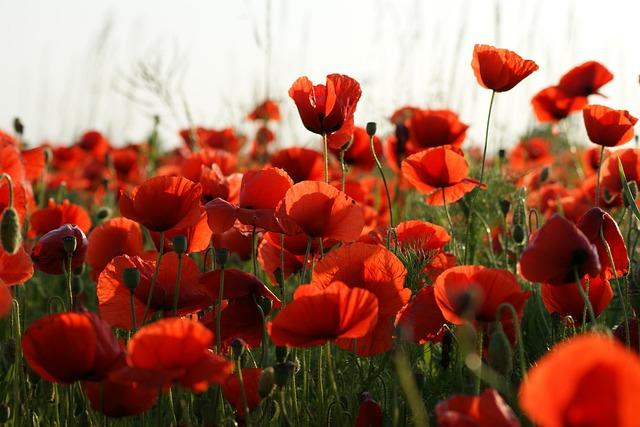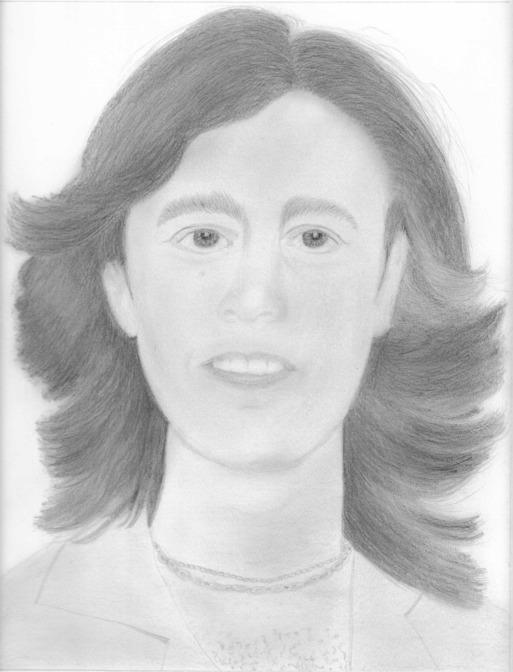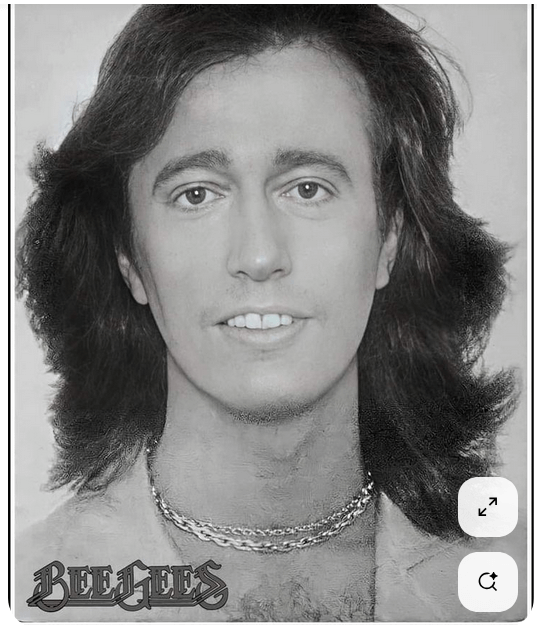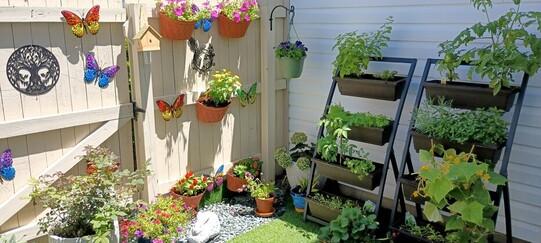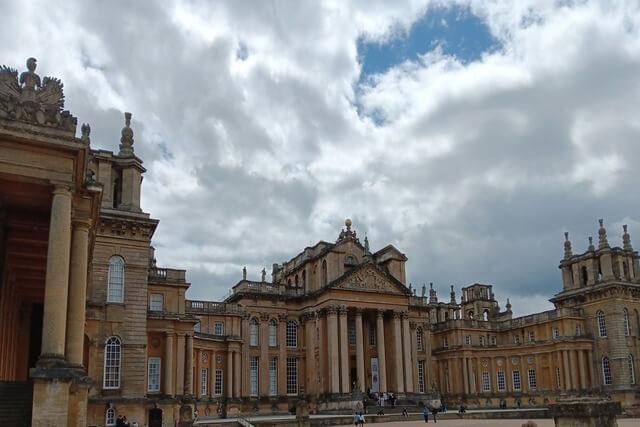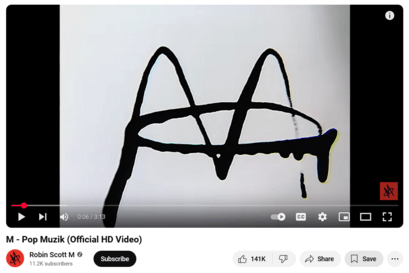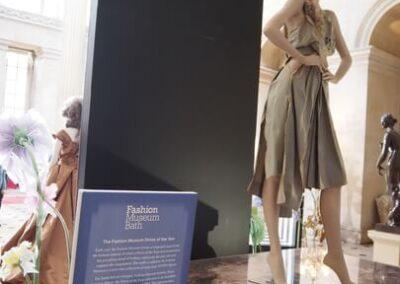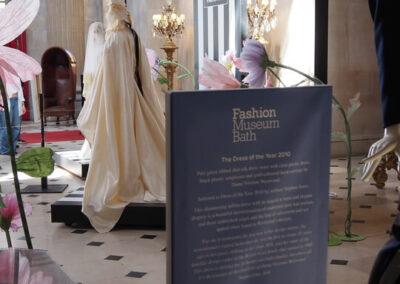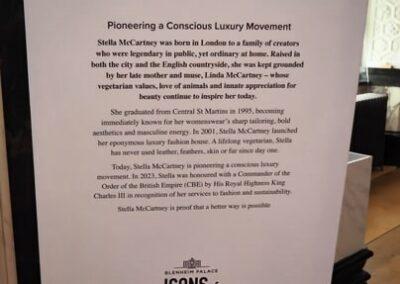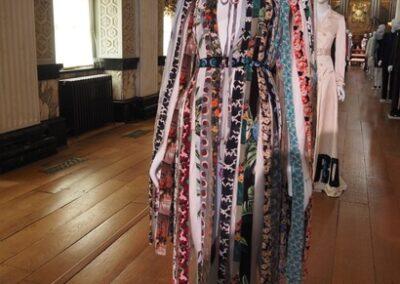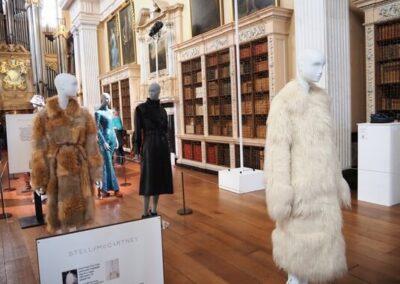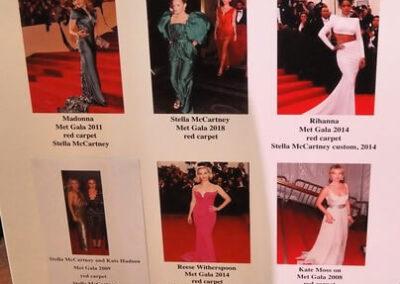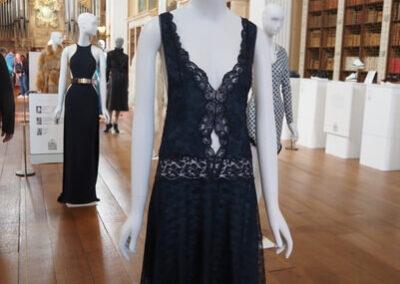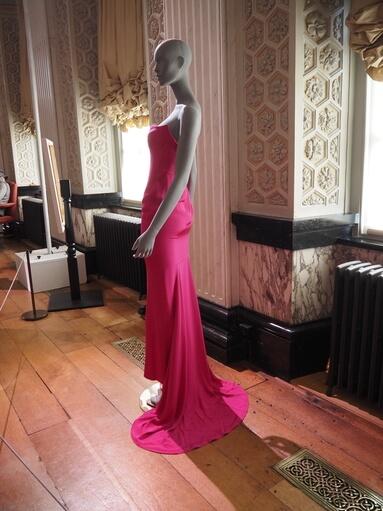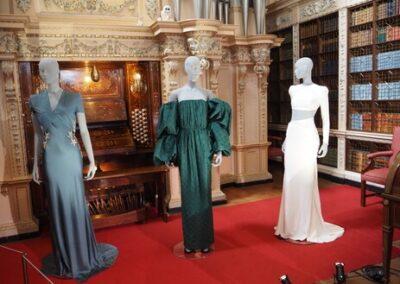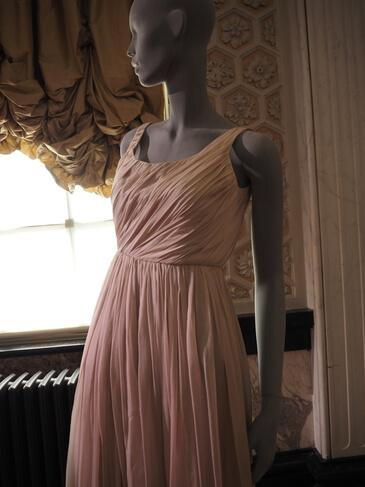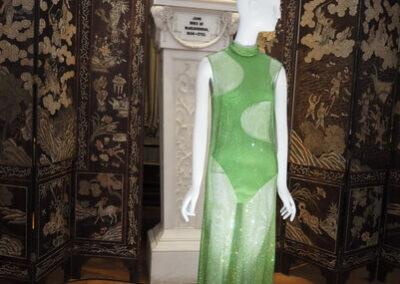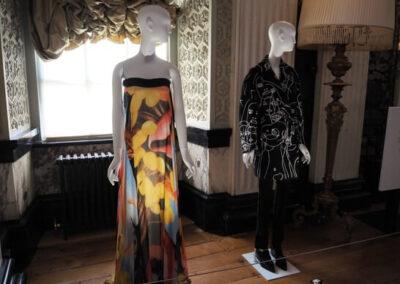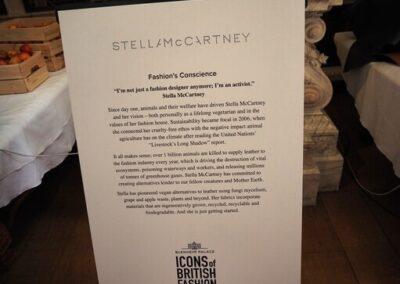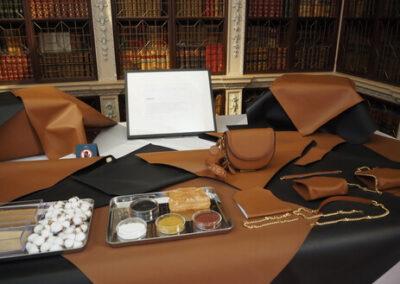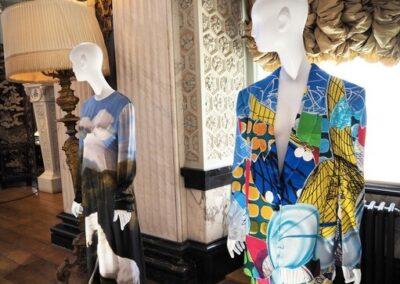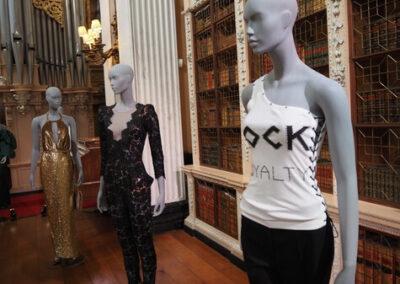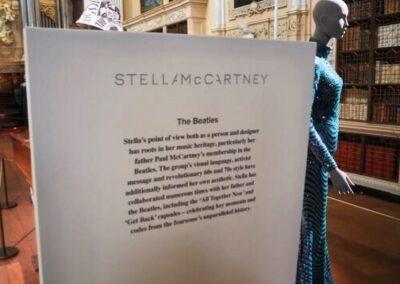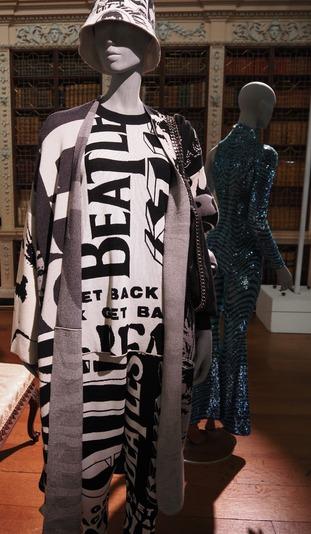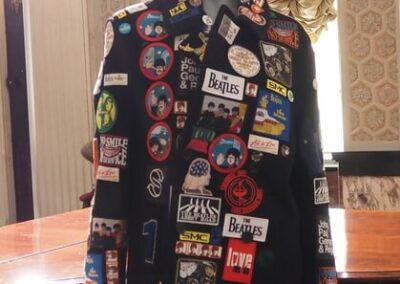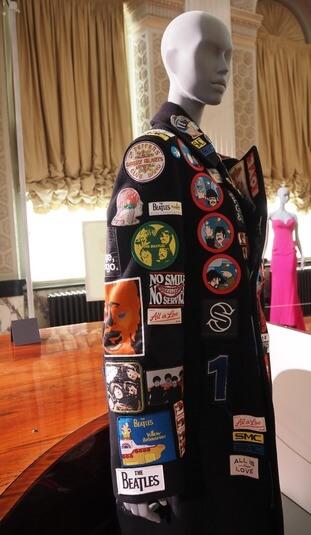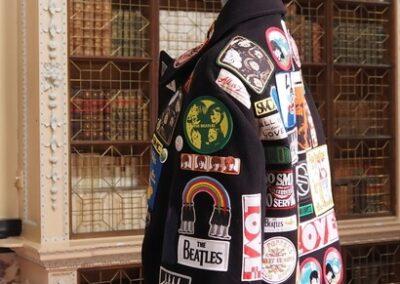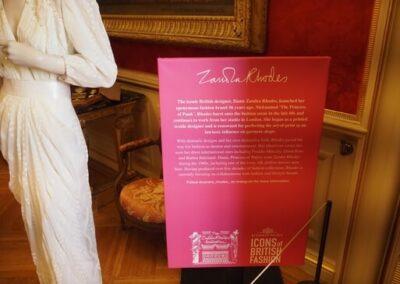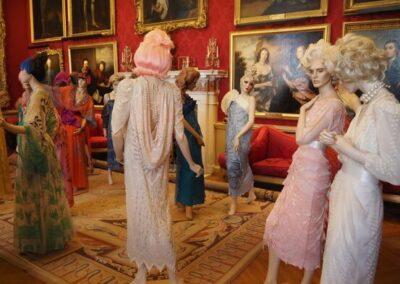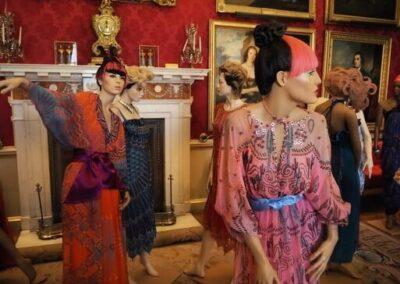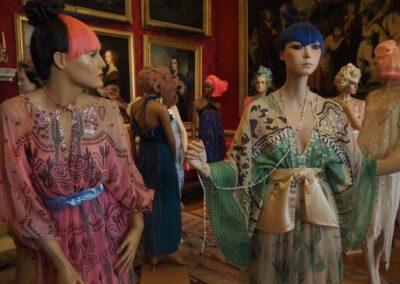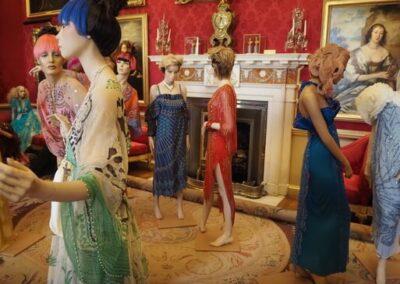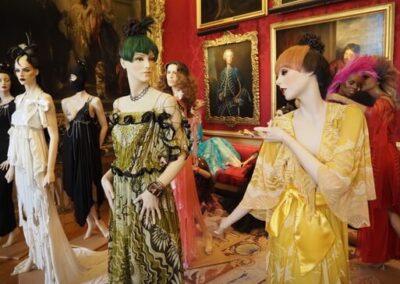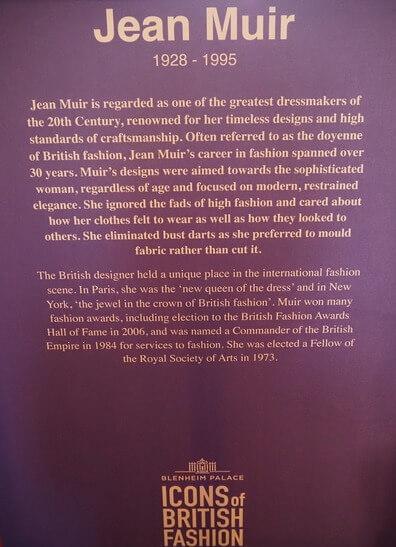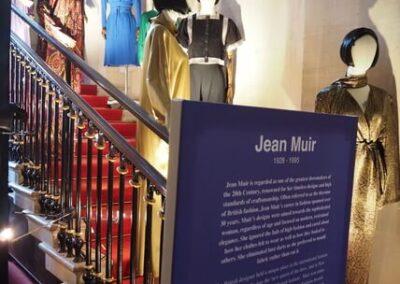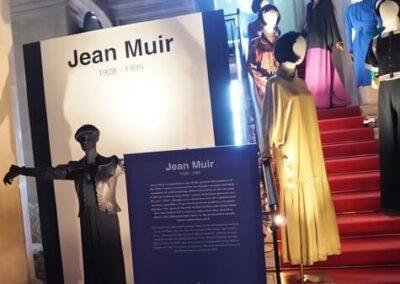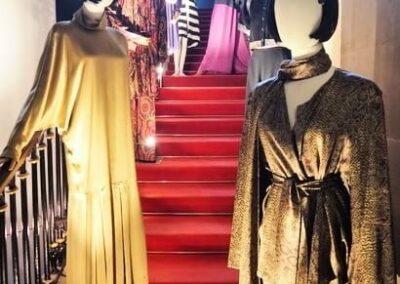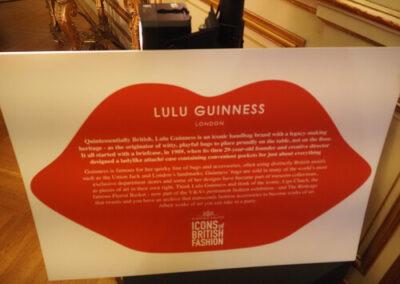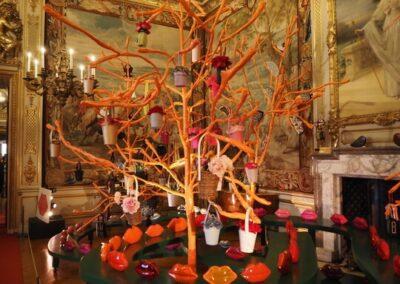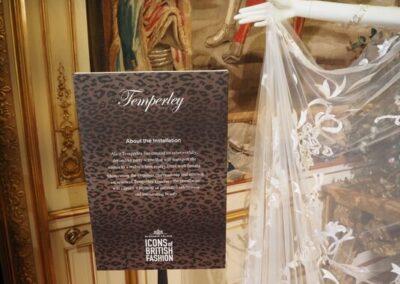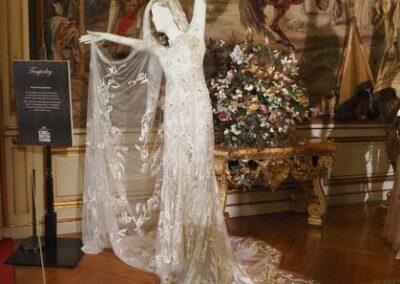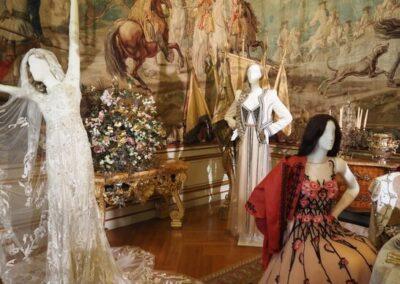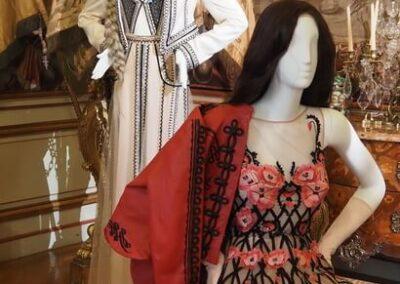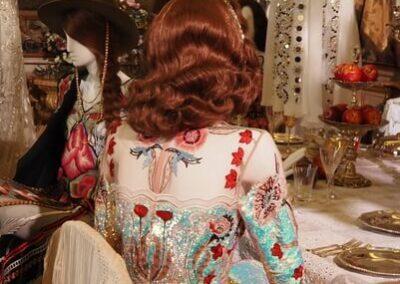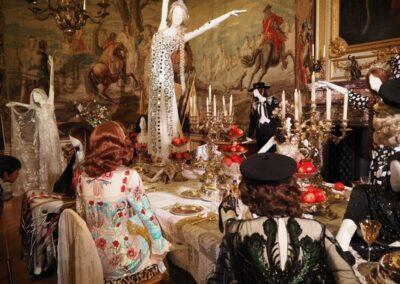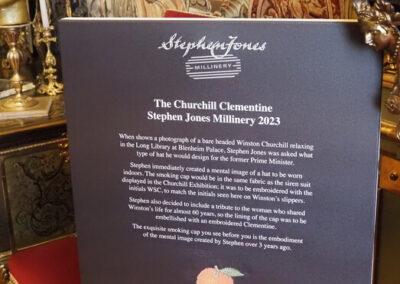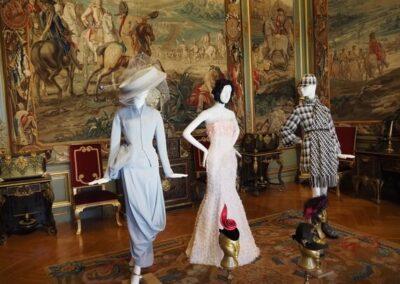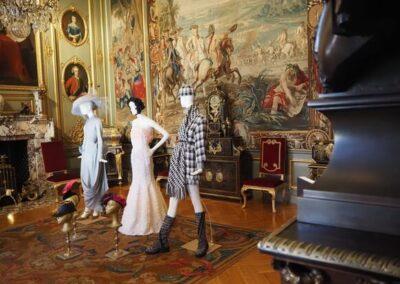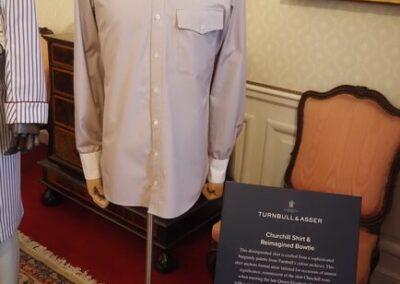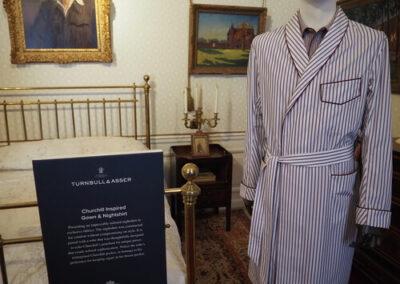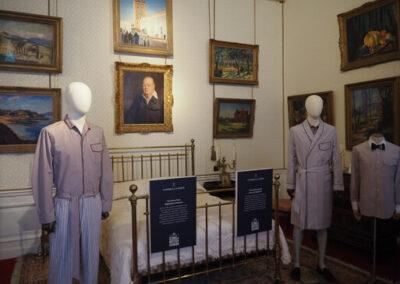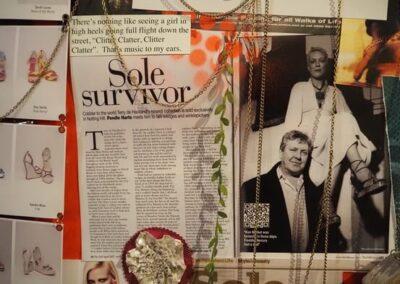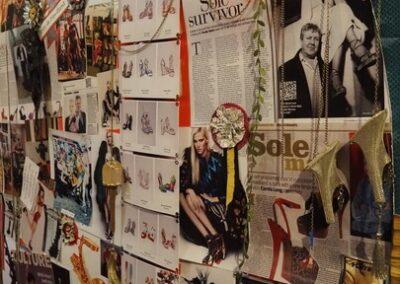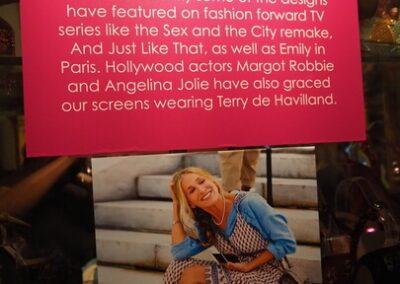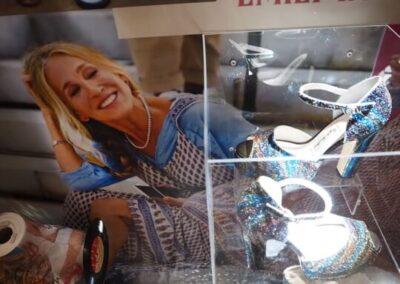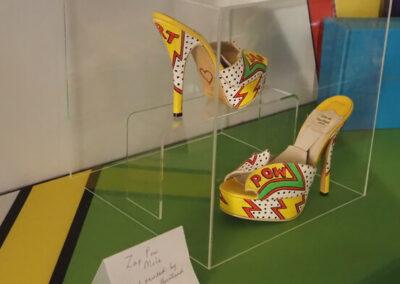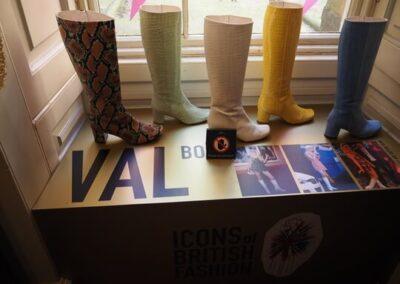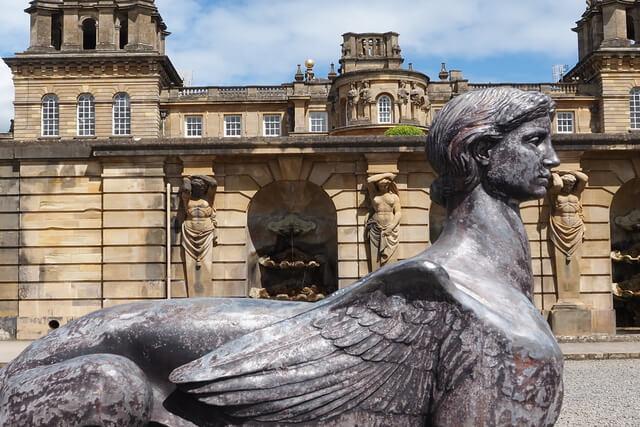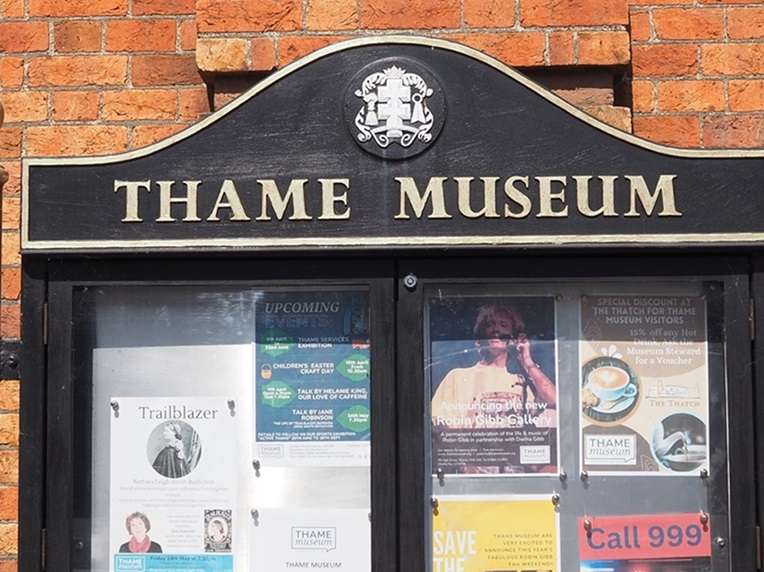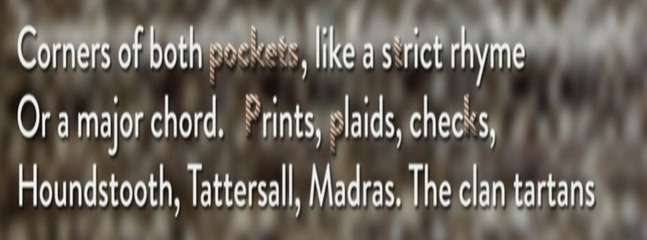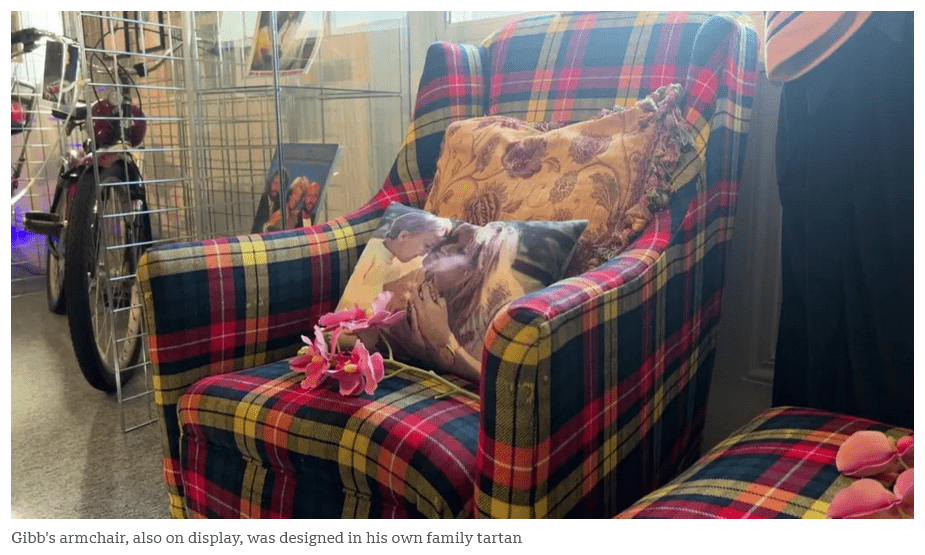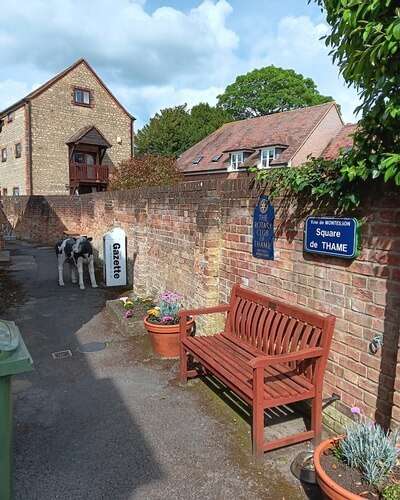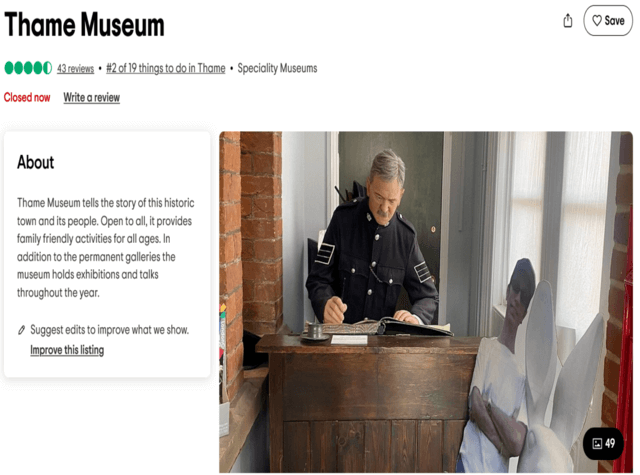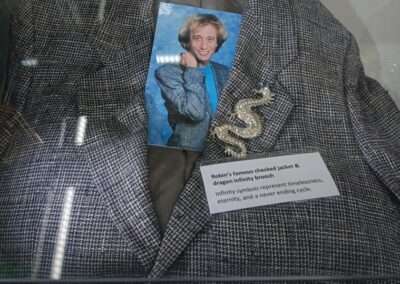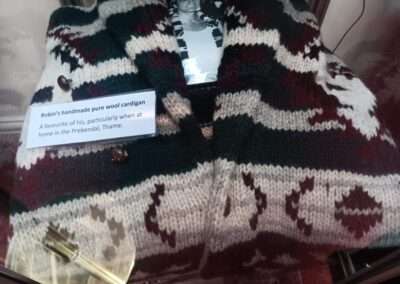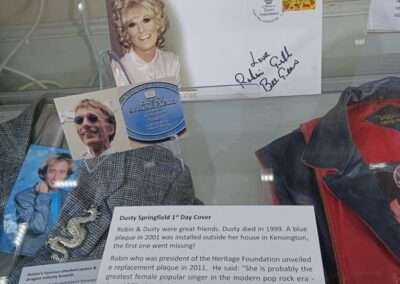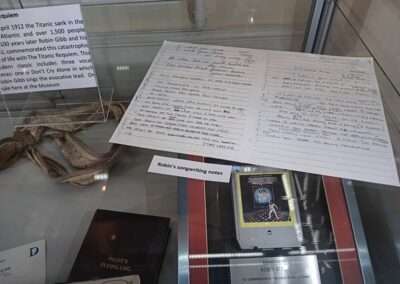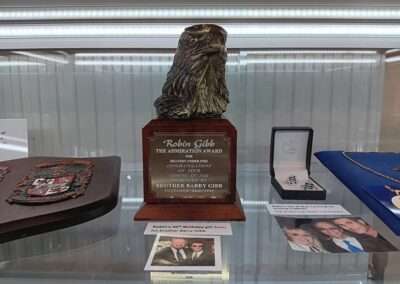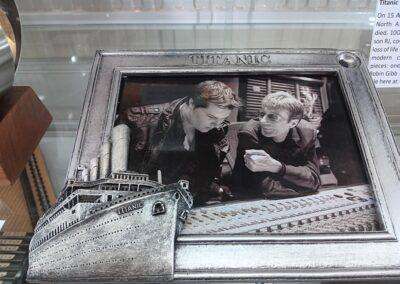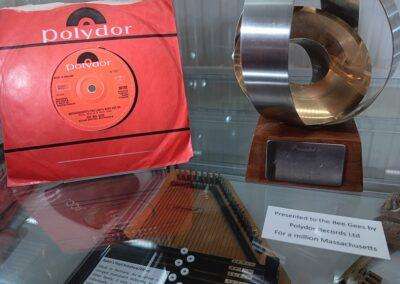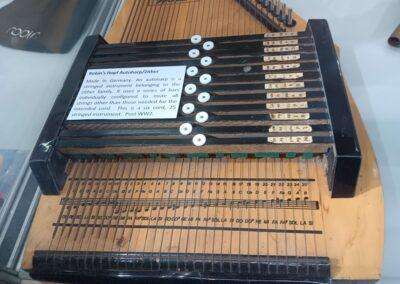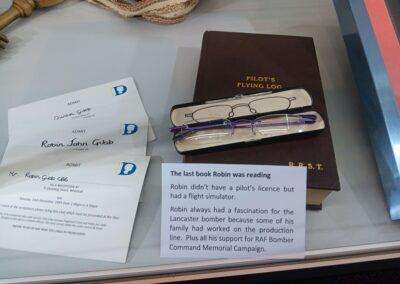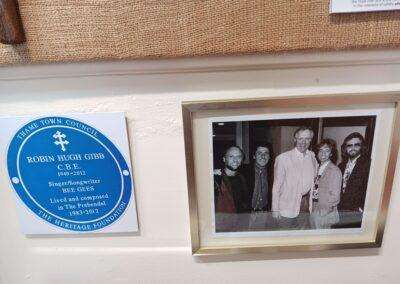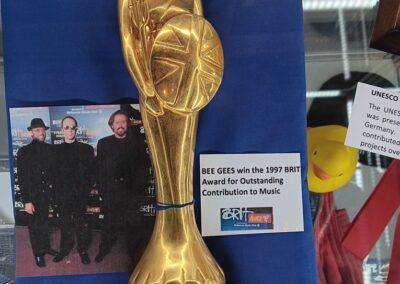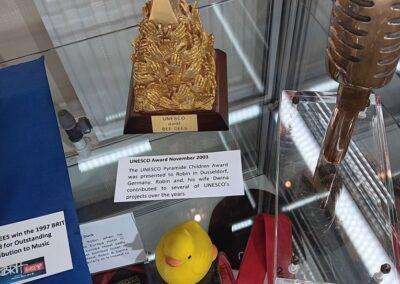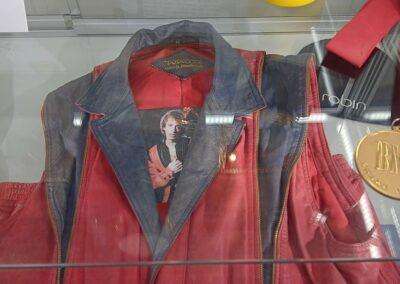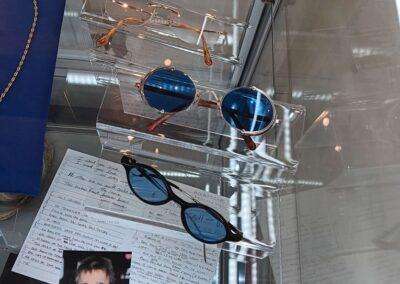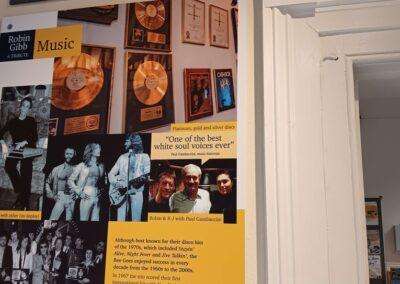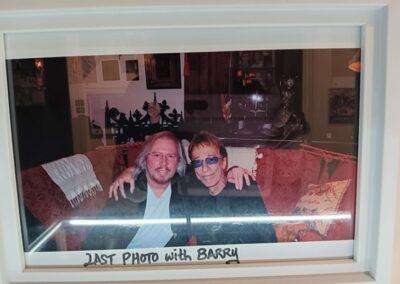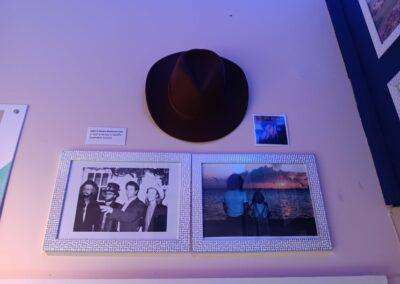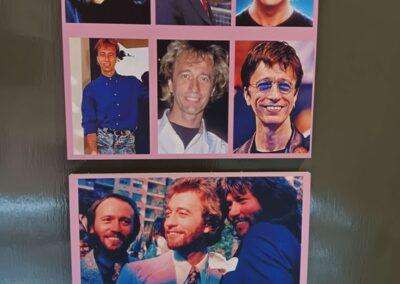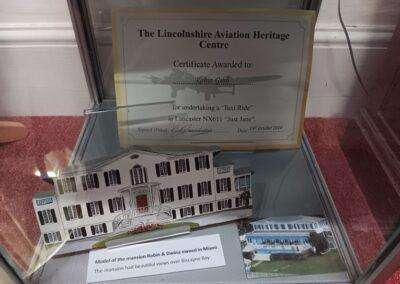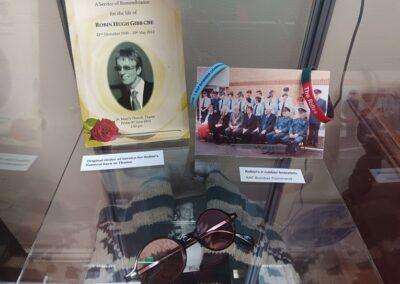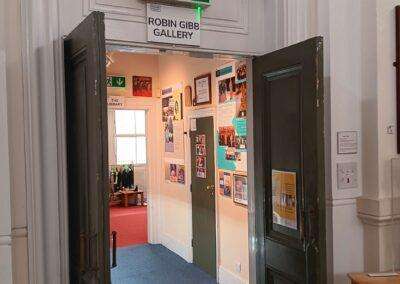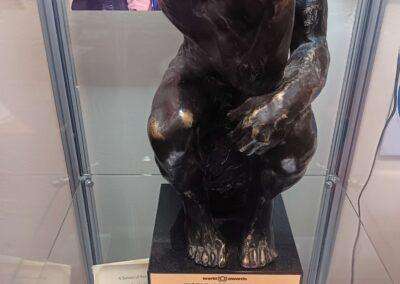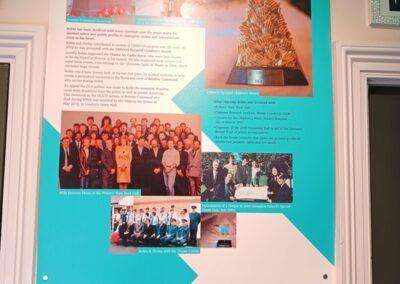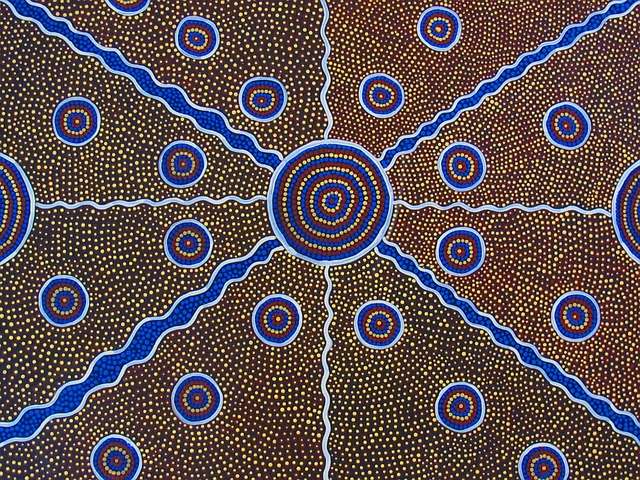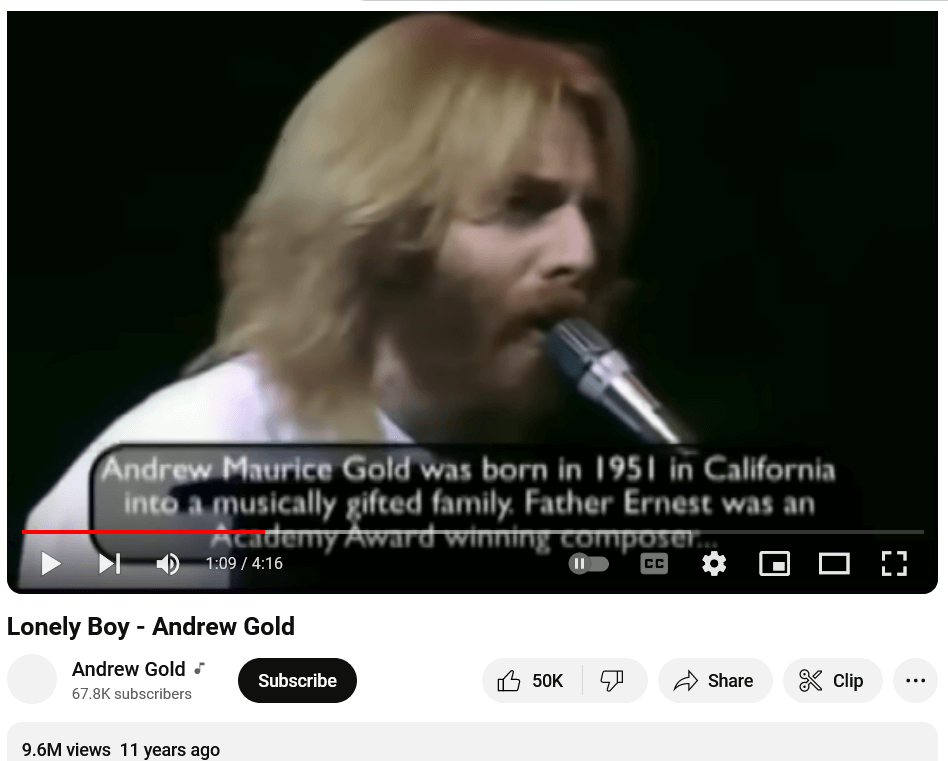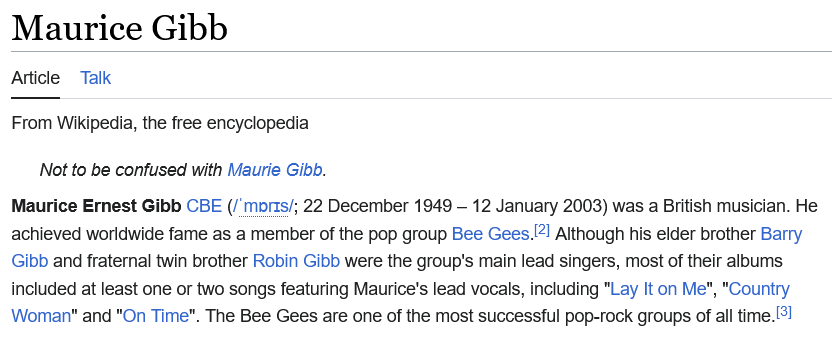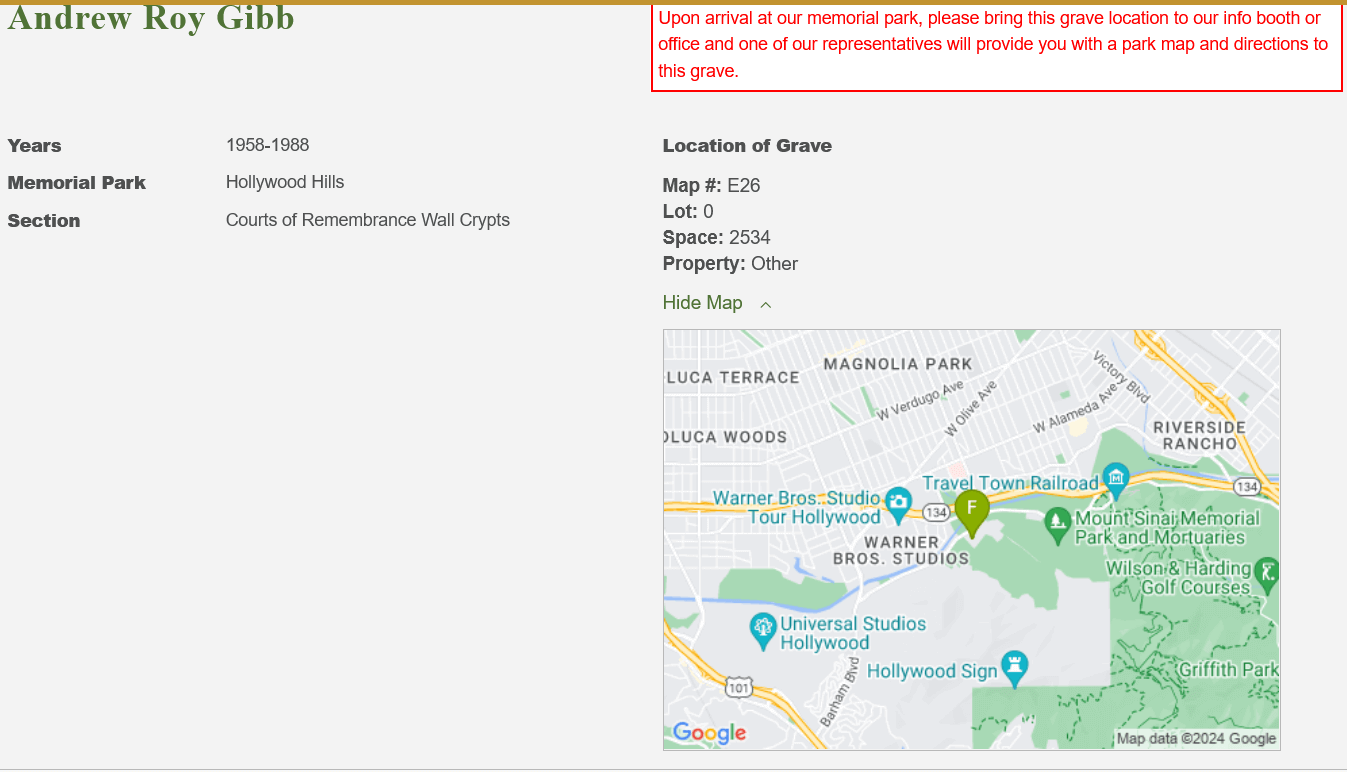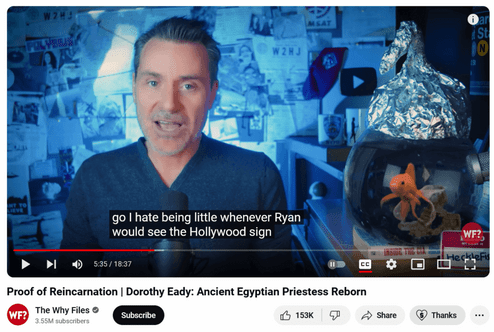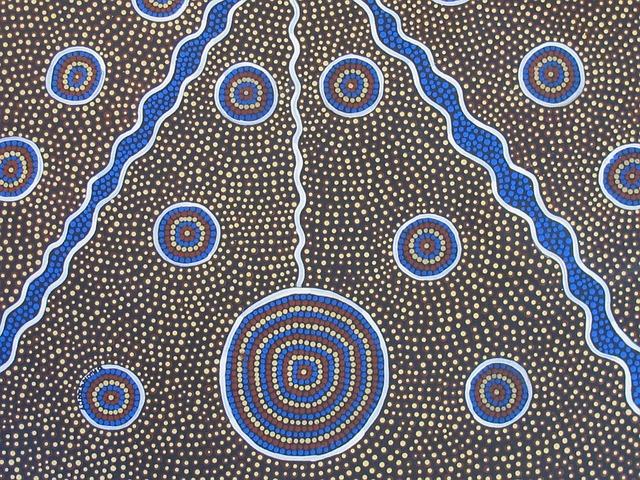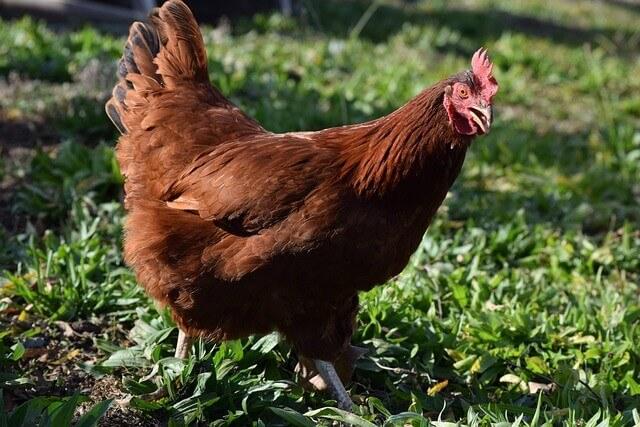
How Synchronicity Answers Unspoken Questions
In this post, “How Synchronicity Answers Unspoken Questions,” I share a story about how the discovery of a special Substack blog and a husband-recommended television show came together to deliver a string of synchronicities. The multi-layered synchronicities provided the answer to an unspoken question I had related to the Substack blog post and the answer was delivered through the television show. Yes, it does have to do with a chicken!
Afterlife Connections: A String of Synchronicities
The string of synchronicities also brought me back to my childhood roots in Massachusetts. You could say it brought me back to myself. As the saying by Confucius goes, “Wherever you go, there you are.” So, if you’re curious about what’s going on with this story, I invite you to join me and read on.
Substack Discovery
In April, I received a Google alert for Robin which was an alert for an article in which his wife, Dwina Murphy-Gibb, was being interviewed. At the time I received the alert, I read the article entitled, ‘He was like an angel…it was just beautiful to hear his voice’ by Lucy Johnston.
In the interview, Dwina shared that she is writing Robin’s autobiography based on taped discussions they had. The autobiography is scheduled to be released in 2026.
The article is interesting and includes discussions about Dwina and Robin’s closeness as twin souls, Robin’s grief after Maurice died, and how he handled stage fright.
If you are a fan of Robin and Dwina, this article is well worth reading.
In the article, Dwina also shared information about her recently published tarot card deck called, “The Vedic Tarot: Where East Meets West.” She is a very accomplished artist, poet, and writer in her own right. I purchased the desk and have enjoyed working with it and learning about Vedic philosophy.
Being very busy, and having a huge amount of email to handle, I lost track of the Google alert that featured this article. I figured it was in my history, but I decided to use Google to find it again.
During the morning of May 22, 2025, I googled “Dwina Gibb news” in search of it. I scrolled down a little and then saw the Daily Express article, dated April 6, 2025, right away. I knew that was the article I was looking for.
After browsing through it again for a few minutes, I went back to the Google search results and scrolled through. Suddenly, I noticed a link for Dwina’s Substack blog. I didn’t know she had one. It was launched in 2023.
I clicked on the link and found a treasure trove of articles, poems, and excerpts from her novels and tarot card deck.
I scrolled through the posts to get familiar with them. The first one I read and was drawn to was “Good Mourning.” It includes beautiful art, poetry, and writing in which she shares aspects of her grief process due to the loss of her late husband Robin, and how writing helped heal and soothe her grief.
As I read through this blog post and browsed through the titles of others, I had the strong feeling that I would receive synchronicity. I could feel the energy of it right on my doorstep. I have received synchronicity over the years when reading biographies of the Bee Gees, such as the one I wrote about in the post below, so this feeling felt similar to that.
McKenzie and Massachusetts
While browsing through the blog, I noticed other intriguing titles, such as “The Ten of Swords,” and “The Star Child Chronicles.”
I also saw a title called, “Birds and a Rhode Island Red.” I was curious about why she was writing about Rhode Island, which is a state in New England in the United States of America.
I don’t hear very much about Rhode Island currently and have not over the years since I moved away from the New England region 36 years ago. Rhode Island borders Massachusetts on its north and east sides. When I lived in Massachusetts, which is also part of New England, I had friends from there who went to the University of Rhode Island. Many, many years ago, I vacationed in Newport, Rhode Island, so I have a little familiarity with the state.
As I thought about the state of Rhode Island, I realized that I had no idea what a Rhode Island Red was. I wondered and was curious about it. But I did not have time to click on the article that first day I found Dwina’s Substack, so I planned on seeking the answer to that question later.
I sincerely enjoyed discovering Dwina’s Substack. She has shared thoughtful, heart-touching insights into her life with Robin and her creative successes since his death. I felt grateful that I lost track of the Google alert with the Daily Express article. If I had known where it was, I would not have researched news about her and found out about her Substack and tarot card deck. She is very kind to help us all learn a little bit more about who Robin was.
For several months before this Substack discovery, I had also had in my mind that I wished there was a new book with new information to read about Robin so I could learn more about him. All the books I’ve read are great, but they repeat the same information, pretty much, and I was longing for something new. Well, Dwina’s blog is that something new. It was not an unspoken request that was answered, but an unspoken wish. The universe listens and then guides us into our answers.
There’s a lot more to this Rhode Island Red story. I hope you’ll stay with me and find out where this all leads to.
How Synchronicity Answers Unspoken Questions
As I just mentioned above, I discovered Dwina’s Substack on May 22nd, two days after Robin’s 13-year death anniversary.
During the next evening, May 23rd, my husband wanted to watch a show on Hulu called, “My Best Friend’s an Animal.” We are both animal lovers and he thought this show would be comforting and enjoyable for both of us.
We started with season 1, episode four because we were interested in seeing the pig featured in the photo for the episode. The show is wonderful with so many tales of humans healing animals and animals healing humans. I have had many bunnies as pets over the years and can attest to the reciprocal healing relationship. When trust is established, the nurturing, kindness, and comfort exchanged often surpasses human-to-human relationships. If you have pets, I’m sure you can relate.
After we finished watching episode 4, we went back to the beginning with season 1, episode 1. The photo for the episode featured a man holding a chicken. As we watched, we learned about a man named Dave Cox who lived in Florida, USA. Along with his twin brother, he had a long history of being a pet parent of various animals as he was growing up including dogs, cats, goats, and ferrets.
He shared how it was very difficult for him when his dog passed away. He had a strong bond of friendship with his dog and could not imagine ever replacing that connection with any other animal.
However, in 2015, shortly after moving to Florida and while still mourning the loss of his dog, he realized that he needed another pet companion to fill the void.
As we continued to watch the show, Dave Cox shared how he never could have imagined that he would bring a farm animal into the house. He commented that he is sort of the spontaneous type.
In the next scene, he opens the door to a room and a chicken that he named, “Sammi Chicken,” appears! Guess what kind of chicken Sammi was?
The next thing I know, the narrator says that Sammi is a Rhode Island Red chicken!! Here is screenshot:
My jaw dropped and I immediately said to my husband that I needed to pause the video. I told him about how I just discovered Dwina’s blog the day before in which she had an article about a Rhode Island Red. I shared with him how I had no idea what that was and it had been a question lingering in my mind. Then, he chose this show the next day with a Rhode Island Red chicken as one of the stars of the show.
This is how synchronicity answers unspoken questions!
To honor my husband, I have to say he is an amazing conduit for these messages and synchronicity. In a recent blog post featured below, I shared how a television show he chose synchronized with another article about Robin and Dwina. There is definitely a mysterious spiritual pattern here that deserves recognition.
My Spiritual Pilgrimage Part Two: The Thame Museum
The pattern is as follows: I read an article about Robin and Dwina that my husband does not know I’m reading. Then, in a very close time frame with what I had just read, he chooses a television show that matches exactly what I just read about them.
It’s interesting to see how soul connections between the living and the deceased manifest in this way, especially given, as in this situation, the living and deceased people involved have never met each other in the physical realm. But soul connections are about the invisible realms where interconnectedness is the modus operandi. It does not matter that we don’t know each other or never met in the physical realm. There are other planes of existence besides this one where we are seemingly separated by geography, earthly status, and the illusion of fame.
So, right there in front of me on the television screen was the synchronicity I had felt brewing as I read her Substack the day before. I had no idea it was going to come in the form of a beautiful chicken. Spirit knows that stories of animal healing are very important for humans, and one that I needed. I’m sharing this with you so you can benefit as well.
Depending on what country you reside in, you may be able to watch Sammi’s episode on the ABC television network here.
After being introduced to Sammi Chicken, a Rhode Island Red hen, I knew I needed to pay attention to this story.
Through synchronicity, the universe educates me and answers questions I carry within myself. It also uses synchronicity to guide me into what to pay attention to. It brings me into a heighted state of awareness where I can tune into my intuition. There are lots of things that could have synchronized once I started reading Dwina’s Substack. But it was the Rhode Island Red that was chosen out of the wisdom of the universe.
According to Purusha Radha, in the article called, “What Is the Secret of the Universe? YOU,”
The universe constantly responds to the commands you issue from within your Being…
It’s an extension of you, vibrating in harmony with your thoughts, actions, and soul-felt feelings…
Every thought and deed you generate creates potent ripples out into the universe no matter how small you think they are…
The last sentence of the above quote stands out to me because even though I was interested in what a Rhode Island Red was after seeing Dwina’s blog title, I did not spend tons of time thinking about. It was something I planned to get back to when I had time. But even that small thought, that short bit of time focusing on it and pondering it, was enough to generate the ripples. I still believe there was a Higher Intelligence at work with this event, as you will see shortly.
Synchronicity invites further attention and exploration of whatever is synchronizing. So, I learned about Dave and Sammi’s morning routine of sharing a banana, and how they went paddleboarding and kayaking together. Sammi on a kayak with Dave is a very endearing sight! They also went on road trips across the USA. Dave, who worked in residential construction, brought Sammi to work with him. She was a very well-adjusted, gentle chicken and became his new best friend. As I watched, I could see the therapeutic nature of their connection, providing comfort and companionship to each other
As the show progressed, Dave shared about how his identical twin brother passed away. His brother had been his best friend, and he struggled with this loss. I listened and thought of how Robin lost Maurice and how he faced similar struggles in living on without Maurice’s physical presence. I also thought about Dwina’s blog post on grief and mourning that I had just discovered the day before. All of these stories coming together in this manner added another poignant layer to the Rhode Island Red synchronicity.
Dave shared about how his brother Derek had always wanted to travel the world, but did not have the opportunity. So, as Dave took road trips with Sammi, he felt almost like Sammi was his twin brother and that through Sammi, he got to symbolically, take his twin brother with him. It is such a beautiful story. Dave cried as he shared this and I could really feel the sincerity of the connection between him, Sammi, and his deceased twin brother. This is another amazing form of afterlife communication. Spirits can work with animals to deliver a message of comfort, humor, or love to their living loved ones.
Sammi taught Dave so many important spiritual practices, like pausing to appreciate the beauty around him. She gave him so much comfort at bedtime, climbing on his chest and bonding with him.
His story really brings home the fact that on many occasions, humans find healing with animals in ways that humans are not able, or willing, to provide. I found healing in this story as well. I believe this is one of the reasons why I was given this synchronicity. I also felt drawn to study the meaning of the Rhode Island Red chicken as a spiritual animal totem. This chicken is seen as representing strength, courage and bravery. Click here for more information on this.
The next day, May 24th, I knew I needed to follow-up on Dwina’s Substack post about the Rhode Island Red. It turns out that her Rhode Island Red cockerel was not as kind and gentle as Sammi! Her mother kept hens at their home in Ireland as well as this cockerel, which Dwina described as vicious. It attacked her brother and dog, which resulted in it ending up as the family dinner!
Sammi Chicken had quite a different life and personality than the cockerel. But sadly, during the process of researching Sammi, I found out she passed away. I teared up because I had already come to love Sammi only to find out she’s no longer here.
She died in 2023. You can watch Dave’s story in this video.
On May 24th, along with reading Dwina’s Substack, I also did additional research on Rhode Island Reds. This leads me to my next meaningful synchronicity. It shows why the Rhode Island Red was important enough to Spirit to bring it to my attention.
Plymouth Rock Synchronicity
To continue my research on Rhode Island Reds, on May 24th, I googled it and found a Wikipedia article. I read it for some cursory information about this chicken.
I immediately found out that it is the state bird of Rhode Island, developed there in Rhode Island and in Massachusetts, the state I was born in:
The Rhode Island Red is an American breed of domestic chicken. It is the state bird of Rhode Island.[2]: 70 It was developed there and in Massachusetts in the late nineteenth century, by cross-breeding birds of Oriental origin such as the Malay with brown Leghorn birds from Italy.
I was so surprised that it had a connection with Massachusetts and Boston in particular. I was born very close to Boston, Massachusetts. Now I was starting to see even more why this synchronicity was delivered to me.
I read through the article all the way to the end where related articles for chicken breeds of Canada and the Unites States were listed. I was reading on my phone and the first article that came up for me was one for “Plymouth Rock chicken.”
I was really stunned by this. The reason why is just a few days earlier, on May 21st, I wrote a letter to friend of mine who was asking about where I was born and raised. I was raised in a small town in Plymouth County, Massachusetts. This is what I wrote to her:
I was born near Boston, Massachusetts and raised in a small town near Plymouth, Massachusetts. Remember Plymouth Rock from history class? That’s the area I was raised in. It was fun going to the Boston Harbor for school field trips and reenactments of the Boston Tea Party.
I was referring to the history of the Pilgrims arriving in Plymouth Colony on the English ship, The Mayflower in 1620.
This was striking because I had not mentioned or thought about Plymouth Rock in decades! As I mentioned, I moved away from Massachusetts many years ago. Even though I’ve thought of and written about Massachusetts, it was never in reference to Plymouth Rock specifically. Now, here it was in my awareness twice within a few days of each other.
As I read the Plymouth Rock chicken article, I noticed another synchronicity. It mentions Worcester, MA, the city I went to college in:
The Plymouth Rock was first shown in Boston in 1849, but was then not seen for another twenty years.[2] In 1869, in Worcester, Massachusetts, one D.A. Upham cross-bred some Black Java hens with a cock with barred plumage and a single comb; he selectively bred for barred plumage and clean (featherless) legs.[6]: 68 His birds were shown in Worcester in 1869; the modern Plymouth Rock is thought to derive from them.[2]
At this point, I really felt the lyrics to the Bee Gees’ song, “Massachusetts”, coming alive:
Feel I’m going back to Massachusetts
Something’s telling me I must go home
I was truly being guided down memory lane. In a way, it felt like a truncated life review. For deeper reasons, the universe brought me back to this very specific part of Massachusetts where my roots are. There are several possible reasons. Even though I have not been back to Massachusetts for a very long time, my years spent there are still a part of me. I have both good and bad memories from living there, and this string of synchronicities offered me the opportunity for self-reflection.
My husband and I have been talking about taking a vacation in Boston, so this caused me to give this more serious thought.
Connections to other New England states, such as New Hampshire, have come up in our conversations lately as well. We recently contacted a business in New Hampshire for some information and when I saw their address, I noticed they are located in Manchester. Manchester, England was where Andy Gibb was born and where the Bee Gees spent some of their childhood.
In order to find the answer to what a Rhode Island Red is, originally, I had just planned to go back to Dwina’s article to find out. But had I done only that, most likely I would have missed out on the string of synchronicities that arose from reading a couple of Wikipedia articles. If I had read her article and gotten my answer, I’m not sure I would have researched the topic any further. The universe, which we are part and parcel of, has a much broader vision of what will benefit us. Synchronicity almost always prompts me to do additional research that I might not otherwise have done, which often leads to meaningful discoveries.
As you can see, many deeper connections with my roots in Massachusetts and New England evolved from the initial synchronization of Dwina’s Substack with the animal healing show my husband chose. All of these interconnected events got me thinking about magnetism as an aspect of synchronicity.
Synchronicity Simile: Iron Filings to a Magnet
On June 3rd, while pondering these synchronicities, an image came to me. It was an image of iron filings all drawn to the same magnet. The magnetic wand was pulling all the iron filings to it, so they all clumped together at the tip of it, just like in this photo.
It felt like one of the ways the universe works. Dwina and her Substack about the Rhode Island Red, Robin’s spirit, my husband and the animal-themed television show he chose featuring Sammi, the Rhode Island Red, twin loss, the Wikipedia article on Rhode Island Reds having roots in Massachusetts, which mentioned Plymouth Rock chickens, my friend and our exchange about Plymouth Rock, connections to Manchester, and my energy are the iron filings that were all pulled into an invisible magnet.
The magnetic process of synchronicity drew all these elements together in close proximity to each other, like iron filings to a magnet all clustered together. This got my attention and caused me to dig deeper. There is just something about synchronicity in terms of afterlife communication that appears to be electromagnetic in nature.
In “Science of the Heart: Exploring the Role of the Heart in Human Performance,” An Overview of Research Conducted by the HeartMath Institute, Chapter 6, Energetic Communication, electromagnetic communication and synchronization of physiological measures are discussed. I find the quotes below to be particularly interesting in terms of afterlife communication. The bold is mine:
Most people tend to think of communication solely in terms of overt signals expressed through facial movements, voice qualities, gestures and body movements. However, evidence now supports the perspective that a subtle, yet influential electromagnetic or “energetic” communication system operates just below our conscious level of awareness…
The ability to sense what other people are feeling is an important factor in allowing us to connect or communicate effectively with them. The smoothness or flow in any social interaction depends to a great extent on the establishment of a spontaneous entrainment or linkage between individuals. When people are engaged in deep conversation, they begin to fall into a subtle dance, synchronizing their movements and postures, vocal pitch, speaking rates and length of pauses between responses,[214] and, as we are now discovering, important aspects of their physiology also can become linked and synchronized.
I postulate that this ‘subtle, yet influential electromagnetic or “energetic” communication system’ that ‘operates just below our conscious level of awareness…’ continues after death, enabling us to continue communicating with deceased loved ones.
If aspects of our physiology, such as heart and brain waves, can become linked and synchronized while living, isn’t it possible that the consciousness of different souls can also synchronize, whether deceased or living?
In Synchronicity: An Acausal Connecting Principle, Carl Gustav Jung quotes Johann Wolfgang von Goethe as stating that:
“We all have certain electric and magnetic powers within us and ourselves exercise an attractive and repelling force, according as we come into touch with something like or unlike.” (1)
This may be one reason why souls that did not know each other on earth can be drawn back to one another when one is still living, and one is dead. Both sense the electric and magnetic energy of the other that is matching or like each other. It intuitively makes sense to me that energies that are like each other would be more likely to synchronize in the physical realm.
I hypothesize that when Robin died, he was able to recognize my electromagnetic energy field as something familiar to him, just as his energy was familiar to me once I discovered it. We had no earthly relationship in this current lifetime that would contribute to us being spiritually connected.
Therefore, I believe that our soul connection has to do with matching subtle energy patterns that we could both detect. One thing that afterlife communication shows clearly is that the synchronization of our energies is not limited to the presence of a physiological human incarnate body.
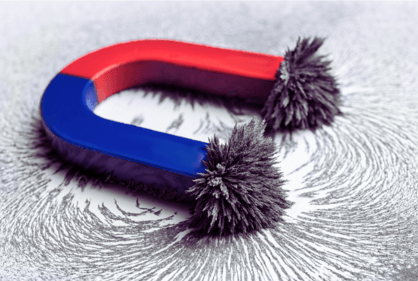
Of course, not everything within our thoughts and awareness synchronizes. We give our thoughts and attention to lots of stimuli every day. So, does the universe or spirit make a choice as to what synchronizes? Is it my Higher Self deciding what to emphasize? What is presented in synchronicity seems to be based on what spirit knows is most important for us in terms of guidance or answering unspoken questions.
Robin has been a wonderful teacher and guide in these matters, and I’m sure he would be happy that the synchronicity events are prompting this deeper inquiry. I have been studying this topic for 13 years with the intention of learning and understanding exactly what happened in my life after Robin died in 2012. I believe it is a complex matter, and overly simplistic explanations won’t cut it for me. This is why I continue to study and write. It is definitely a journey of spiritual growth which I sincerely hope also supports your journey, wherever you are at.
In particular, I hope these writings support those of you reading who have afterlife soul connections with someone you did not know while they were alive. You may be experiencing a learning process similar to mine. There is not a lot of support for these types of soul connections and even less if the person living is not famous and the deceased person was famous.
In Closing: My Second Portrait of Robin
In my previous post, featured below, I shared my first effort at drawing a portrait of Robin.
Afterlife Communication: A Portrait for Robin
I continue to practice and completed this portrait in May 2025:
© Christina Samuels, 2025
I used this photo from Pinterest as my guide:
I am having fun drawing Robin even though it is a bit of a struggle at times. Eyes, teeth, clothing, and hair are especially challenging. In this portrait, even though it’s not an exact likeness, I feel like I captured some of Robin’s warmth and friendliness. Drawing him is a nice, new chapter in our twin soul connection and I plan to continue. I hope he likes them!
Thank you very much for staying with me through this long post! If it is your intention, I hope you experience magnetic synchronicity that guides you and answers both your spoken and unspoken questions held within.
References
- Jung, Carl Gustav (2012). Synchronicity: An Acausal Connecting Principle. (From Vol. 8. of the Collected Works of C. G. Jung) (Jung Extracts), Page 33, Princeton University Press. Kindle Edition.
Featured photo of Rhode Island Red chicken: Image by Ronnie from Pixabay
Love,

